First Nations people, the Disability sector, and individuals with Asian and African backgrounds are still facing significant under-representation in the screen industry. A recent report sheds light on the disparities within the industry.
The report highlights that while First Nations people are well-represented in on-screen roles, they remain under-represented in off-screen positions. Similarly, disabled individuals continue to struggle with minimal representation both on screen and behind the camera.
“LGBQA+ individuals seem to have better representation compared to population benchmarks, both on screen and off,”
stated an industry expert familiar with the report’s findings. However, there is a clear lack of diversity for people with Asian and African heritage while those with European and Anglo-Celtic backgrounds are over-represented.
To gauge the temperature of industry diversity comprehensively, a survey called Everyone Counts 2.0 was conducted by the Screen Diversity Inclusion Network (SDIN). This volunteer-based survey aimed to capture diversity across all roles in Australian TV and film projects from July 2021 to June 2024 – spanning from extras to leading actors, producers to runners, hair and make-up artists to visual effects specialists.
The results of the survey drew from a substantial pool of data including 12,900 on and off-screen roles performed by 6,976 unique individuals across 395 Australian TV and film projects. The report delves into various aspects such as gender representation, age demographics, ethnic backgrounds, languages spoken at home other than English, as well as socio-economic status.
Key findings from the three-year survey include:
– First Nations individuals account for 3.4% of participants; this group shows a higher disability rate compared to the overall talent pool.
– Disabled persons make up 8.2% of participants; this group demonstrates higher female representation along with gender-diverse individuals and First Nations people.
– LGBQA+ community members represent 20% of participants; this group exhibits elevated female representation.
– Transgender individuals constitute 2%, while intersex persons make up 0.8%, with an additional percentage unsure about their intersex status at birth.
– Primary carers comprise 26% of participants.
– Individuals aged over 55 years account for 20%.
– There is notable linguistic diversity among participants with around 8.9% speaking languages other than English at home.
– Ethnicity breakdown reveals that respondents have diverse ancestral backgrounds including Anglo-Celtic (54%), European (36%), Asian (11%), Middle Eastern (2.8%), Pacific Islander (2.3%), Central or South American (1.6%), and African (2%).
Moreover, perceptions about socio-economic status during upbringing varied among respondents indicating a mix of experiences ranging from below average or least advantaged to above-average or most advantaged.
The productions included in the survey predominantly consisted of scripted content (70%) versus unscripted content (30%). Additionally, free-to-air television dominated these productions which could influence result interpretations based on Australia’s production output distribution.
Established in 2017 initially hosted by Australian Film and Television Radio School before transitioning to South Australian Film Corporation in 2022 – SDIN has now found its new home under The Everyone Project’s stewardship effective July 1st ,2025.
Adam Smith, Founder of The Everyone Project expressed enthusiasm about this transition highlighting increased participation over recent years as a testament to SDIN members’ dedication towards enhancing diversity across all levels within the industry.
“With our shared values focused on inclusivity,”
Smith stated,” The Everyone Project is committed to driving positive change through improved outcomes.”
In conclusion,



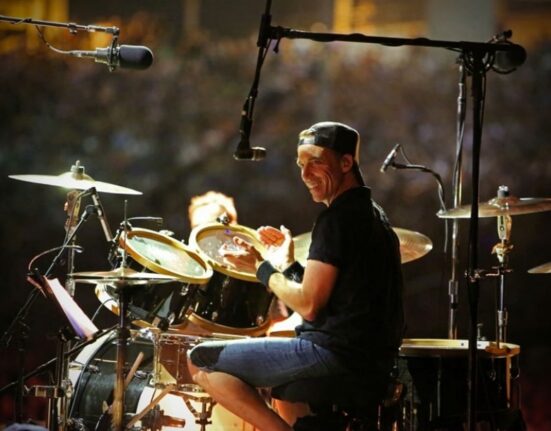

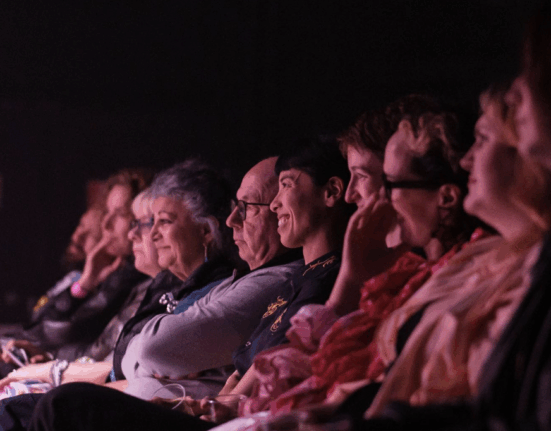
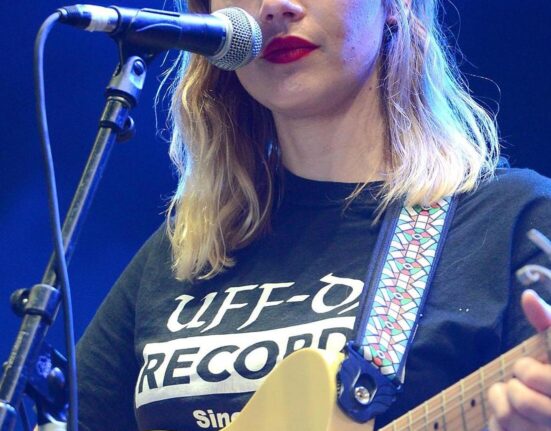
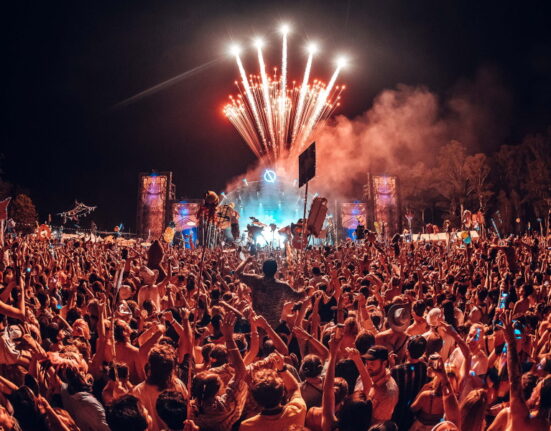
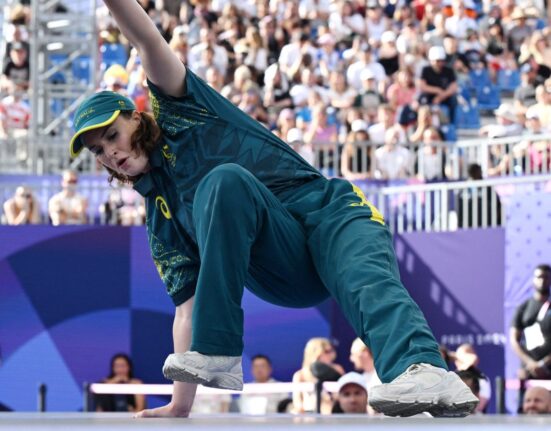
Leave feedback about this